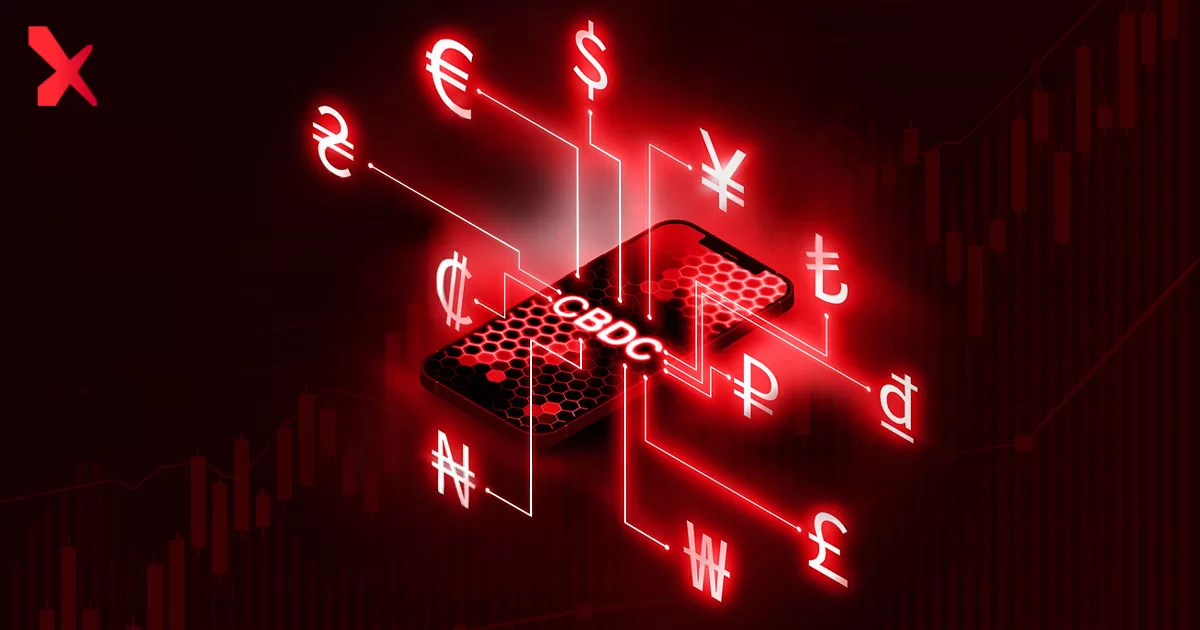Trading Signals 05/02 – 09/02
How Interest Rates Affect Currency Exchange Rates

The exchange rates of major world currencies are formed through trading by banks on the global market and are determined by the balance of supply and demand.
This process ensures competitiveness and stabilizes the exchange rate, provided that the economic and political state of the country is also stable. The central bank of any country possesses a large array of financial instruments to support the national currency. The primary method is the regulation of the volume of assets in circulation. To influence the exchange rate of the national currency, central banks (along with currency interventions) use such a method of regulation as interest rates.
Main Types of Interest Rates:
- Official
- Bank
- Interbank
- Deposit
For Forex participants, two types of interest rates are of greater significance:
- Official — the rate at which commercial banks borrow money from the central bank.
- Bank — the percentage of the fee paid to the bank for the use of a monetary loan.
Many fundamental factors that affect the value of currencies are interrelated. Interest rates are no exception. To predict price dynamics, market participants need not only to consider this interrelation but also to be able to read and analyze it.
To establish the relationship and understand how interest rates affect the value of currencies, it is necessary to comprehend the basis on which the central bank makes decisions and regulates the value of the national currency.
For example, a client has a deposit in a bank, and a neighboring bank has increased the interest rate. If all other parameters of the banks are equal, there is no sense in staying with the former. It is more profitable to open an account in the bank that has increased the rate and deposit money at a higher interest.
All existing types of interest rates are interconnected. They are determined by the official interest rate set by central banks. A reduction in the rate leads to an increase in business activity, which in turn raises the level of inflation. This consequently leads to a decrease in the value of the national currency.
Due to the interrelation between interest rates, the following pattern emerges: the higher the official interest rate in a country, the higher the demand for that country’s currency (it is bought to deposit funds at a higher rate). These events will cause an increase in value. Conversely, this happens after a reduction in the central bank’s rate.
The Federal Reserve, Dollar and Expectations.
The main financial turnover of Forex is concentrated in US banks, so the currency market reacts quite sharply when the official interest rate in the United States changes. Moreover, the market’s reaction can be observed even before the actual changes. Forex also reacts to rumors about upcoming changes. If forecasts regarding changes in the interest rate are optimistic, a stable upward trend is formed in the market.
In the opposite case, the situation is fundamentally different. Typically, during the speech of the head of the US Federal Reserve regarding changes in the official interest rate, Forex is already in a state of oversold (or overbought). A rollback, or in other words, the opposite reaction of market participants, is not uncommon after the speech concludes.
Oil: A Review of Early 2024
China’s Economy: Early 2024
Simple Strategy for Beginner Traders

